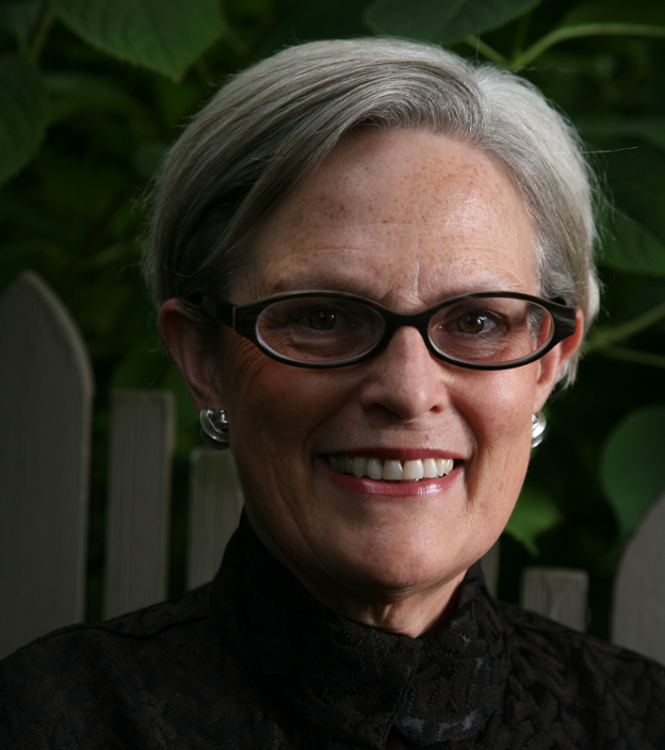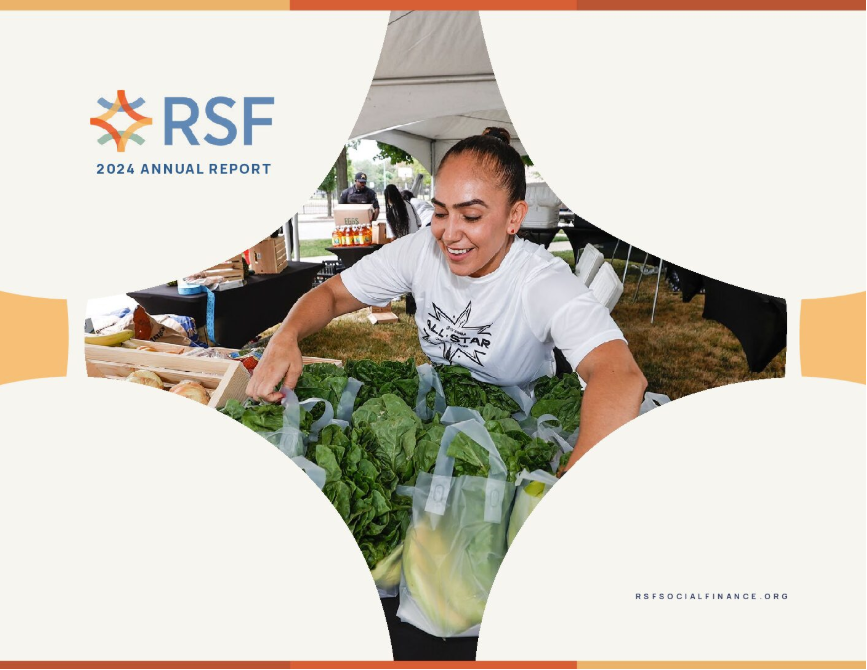I stated that ecological limits pose a death threat to the most sacred of the premises underlying investment asset allocation—the presumption of everlasting economic growth. I invited you to think about how you currently deal with (or would deal with) the possibility that average annual growth in our global economy will cease. Today we will look at various types of responses to this possibility, and, by extension, to the financial risks posed by ecological limits. These risk responses form the foundation for thinking about how to structure our new asset allocation framework.
As you think about your own response to risk, it’s unlikely that you will jump immediately from ecological limits to how much you should invest in stocks versus bonds versus real estate. It’s more likely that your responses fit into one or more of the following categories. You’ll notice that the risk responses below do not explicitly deal with investing, much less with traditional asset classes. Rather, they provide a way to examine your personal tendencies for dealing with risk, which is an essential precursor to forming an intelligent, risk-based investment strategy.
1. The Ostrich Response
This response is characterized by a failure to learn (denial) or a refusal to learn (fear and stubbornness). In some cases, those who are committed to extreme short-termism refuse to even engage in a discussion about negative growth because they perceive ecological limits as irrelevant to their activities. I also include in the Ostrich response those who deride and dismiss as alarmists or traitors those people (such as reputable scientists and economists) who are legitimately concerned with the threats of ecological limits.
Many of us experience the Ostrich response as a secondary phenomenon. We may intellectually understand and acknowledge ecological limits, but for various reasons, we are unable to fully accept the implications, finding denial a more bearable place to be (at least part of the time). The ability to compartmentalize and rationalize is a necessary skill for sustaining this type of response.
2. The “Playing Musical Chairs” Response
“Playing Musical Chairs” is the response that involves visceral and intellectual acceptance of the reality of ecological limits and a nod to the possibility of negative annual economic growth. But in this case, these phenomena are projected into the future and are perceived as avoidable or preventable in the near term. Thus the reference to musical chairs: continue business as usual until the music stops (the market crashes), hoping to grab a seat (lots of money) before it’s too late.
In “Modified Musical Chairs”, we accept the evidence of overshoot, climate change, and destabilization, and we know that the physical indicators of ecological stress (such as CO2 in the atmosphere, melting Arctic ice, more frequent and intense storms) are relentlessly increasing. Our response is a combination of hope and action—we claim optimism as a virtue and set to work on changing the course of the ship. We hope that we are not on the Titanic and trust in human ingenuity, resilience, and adaptability to modify existing practices and to develop new technologies that will see us through without significant sacrifice or changes in our standard of living.
3. The “Going to Plan B Now!” Response
This response to the risk of sustained negative financial returns (as a result of negative economic growth due to ecological limits) involves a sense of urgency—a drive to act now, to transform “someday” to “today”. This is not the optimism of “Modified Musical Chairs,” where we trust that we have enough time to change the global economic system and avoid significant damage. Rather, “Going to Plan B Now!” involves acting today with the conviction that change is inevitable and that it will involve dramatic shifts in the way we do business, invest, and live.
Risk Response Allocation
Before developing the investment strategies that follow from the above risk responses, let’s take some time to examine our own risk responses and begin to allocate them. It’s unlikely, though not impossible, that we can each distill our response to a single category. It is more likely that we experience all three responses in varying degrees at different times. It may be helpful to first allocate based on gut-level responses. For some of us, that’s 100% Ostrich. For others, it’s 100% Plan B. For most, it’s a combination that reflects our uncertainty as to the likelihood or timing of a seismic shift in the global economy that would result in negative growth for the foreseeable future. This is also a very personal process, as there is usually a difference between our immediate response allocation and the one to which we aspire.
If you are a fiduciary, you will most likely realize at this point that you need a more rigorous, informed process for determining your Risk Response Allocation, in much the same way that today’s fiduciaries generally rely on optimization models, simulations, and risk measurement tools. Unfortunately, such financial tools are completely inadequate for this exercise, as they rely upon historical data that fails to account for the forces of nature (instead, they simply ignore these forces altogether). It will be necessary to turn to a different set of experts—climatologists, biologists, ecological economists, for example—in order to get the data and models needed to form a prudent Risk Response Allocation.
We must be clear about the way we plan to respond to what is arguably the most pressing, threatening, critical, overwhelming, frightening, liberating challenge of our times—the reality of ecological limits and the risks that they pose to our 21st century global economic system. Clarifying our own risk response paves the way for developing appropriate investment strategies and allows us to carefully examine what effects (good or bad) we are willing (or unwilling) to accept from our investments. Stay tuned for my next post, in which we’ll use Risk Response Allocation to explore specific investment strategies.
Leslie E. Christian is Chief Investment Officer and Chief Executive Officer of Portfolio 21 Investments. She has more than 35 years of experience in the investment field, including nine years in New York as a Director with Salomon Brothers Inc. She received her bachelor’s degree from the University of Washington and her MBA in Finance from the University of California, Berkeley. Leslie is Chair of the Board of Upstream 21 Corporation and Portfolio 21 Investments and serves on the RSF Social Finance Investment Advisory Committee.
- Social Finance from an Investor’s Perspective
- Getting Serious About Long-Term Investing
- Investment Strategies: From Carpetbagging to Community
- Investment Strategies: Getting Down to Details on Eco-Carpetbagging, Global Good, and the Transition to Community
- No Time to Lose: A Call to Action for Impact Investors
By Leslie Christian



